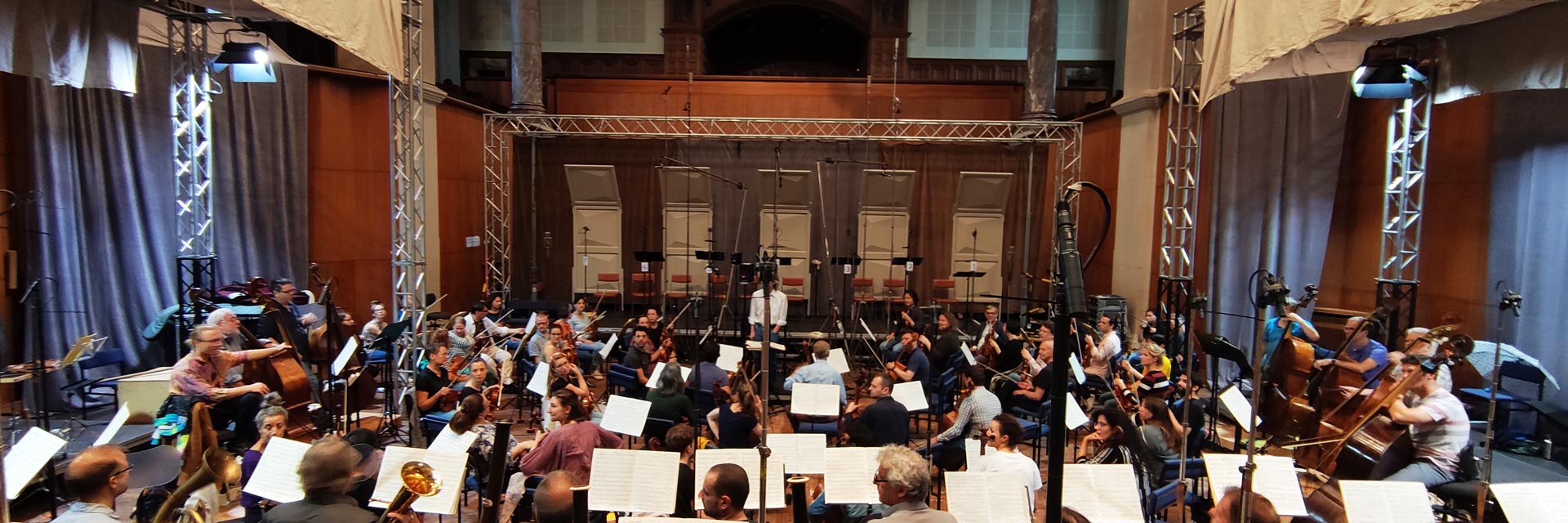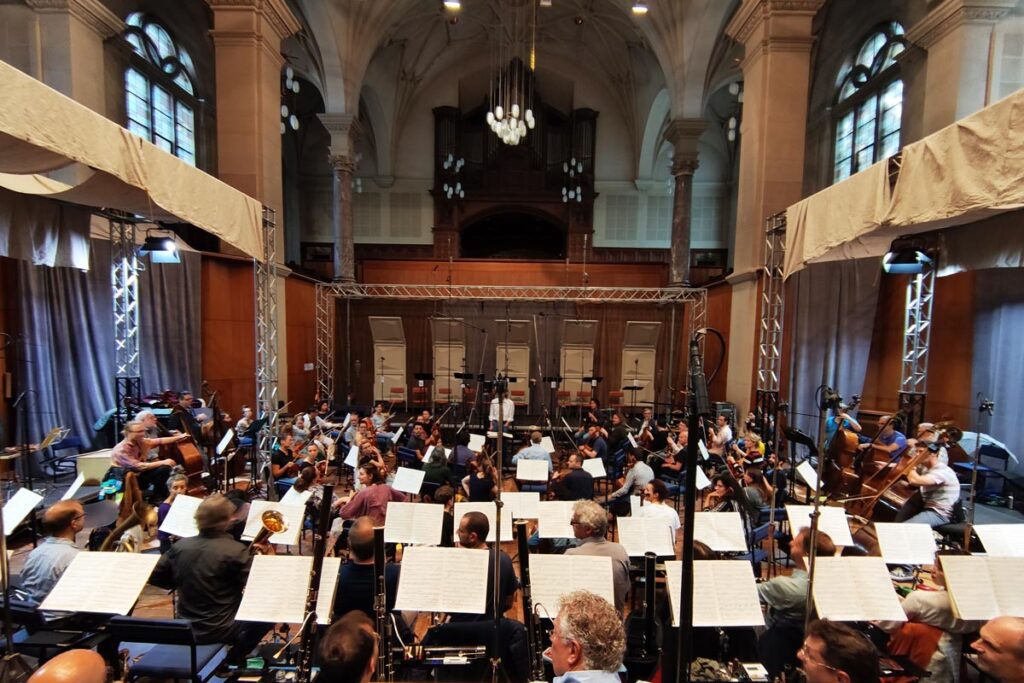Today we are once again discussing a church, albeit one in which only a few concerts take place, but all the more recordings. Especially in the golden age of vinyl records, the mixing desks in St. Luke’s Church in Dresden hardly ever went cold, and the greatest artists of their time were going in and out. How did this come about?
Built at the beginning of the 20th century, St. Luke’s Church was initially one of Dresden’s main churches, responsible for the Protestant catchment area of the southern suburbs. As young as the history of this church is, it has been an eventful one. The bells were melted down as early as 1917 because the metal was needed for the front lines of during World War One. While a Berlin court pastor and prince educator worked here until 1933, the congregation fell apart somewhat in the years that followed, as both line-loyal pastors as well as avowed freethinkers served there in parallel.
On February 13, 1945, during the major air raids, St. Luke’s Church was also damaged, which can be seen as both a blessing and a curse: The extravagant spire dome and the Art Nouveau paintings inside fell victim to the flames, which is very unfortunate. However, the damage was considered limited and so the church was not demolished and continued to be used.
As early as the 1950s, sound recordings were made here, as other halls in the city on the Elbe were in short supply. Between 1964 and 1972, the interior was completely renovated under the management of VEB Deutsche Schallplatten Berlin to create the conditions for professional studio use. A sacristy was turned into an acoustically optimized control room, and a supporting structure in the church interior made it possible to suspend acoustic sails or fabric panels from so that the reverberation in the high dome could be controlled. All the other things needed to ensure smooth workflows have equally been done, ranging from installing cable ducts to variable platforms to technical rooms and loading ramps.
It is always a special feeling when you work in a room where greats such as Kleiber, Karajan, Böhm, Kegel, Janowski and others have worked. As a musician – and in this capacity I was involved in the most recent Rheingold recording – you feel a certain pressure, because this time around, you really cannot tell anybody that the venue was the problem.
The lack of checkrooms or the fact that the one single toilet is too small for everyone should not be the problem, because this room breathes recording history, and that is exactly what inspires you during production. Few other halls offer such a good balance between wonderfully easy to excite acoustics and simultaneously easily controllable audibility. The room can handle high volumes, but doesn’t need them as it is easy to get to resonate. So you can play a little more finely, more controlled, more daring. A feast!
Of course, not all colleagues can be heard equally well, which is something that hardly any room can offer in view of such an extensive score. However, it’s surprisingly easy to get to grips with the sound and to judge your own contribution to the overall sound effortlessly from the room resonances.
I was finally able to work here again. And I’m looking forward to next spring with child-like excitement, when the Valkyrie marches up to the microphones.
Music tips – recordings with typical venue sound
- Richard Wagner, Tristan, Staatskapelle Dresden, Carlos Kleiber
- Anton Bruckner, Sinfonien Nr. 1–9, Staatskapelle Dresden, Eugen Jochum
- Robert Schumann, Sinfonien, Staatskapelle Dresden, Wolfgang Sawallisch
- Wagner, Der Ring des Nibelungen, Marek Janowski (achten Sie auf die Farben in den Streichern!!!)


